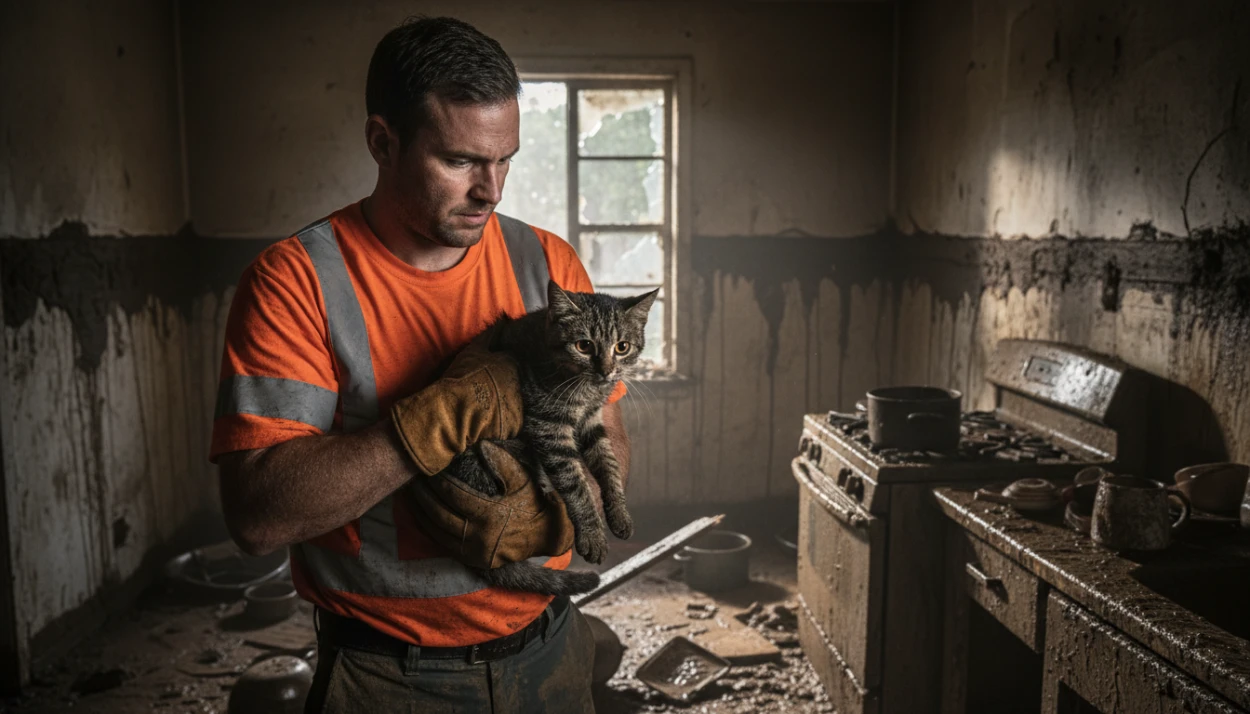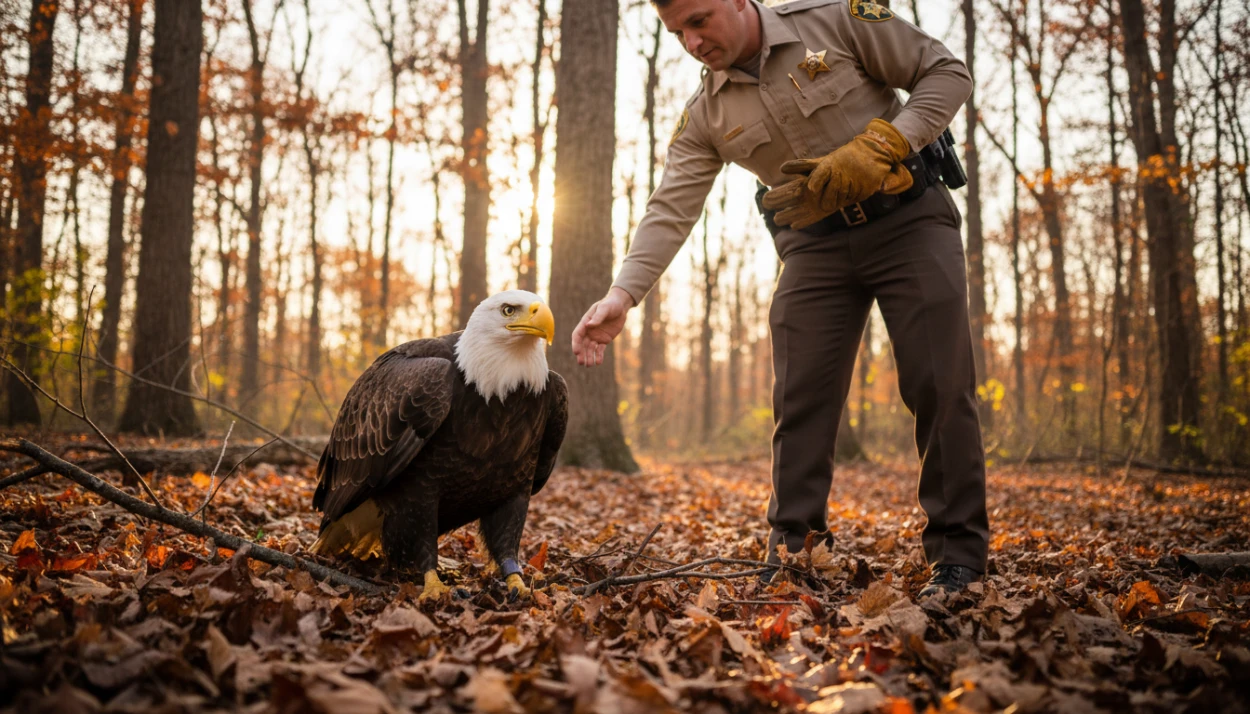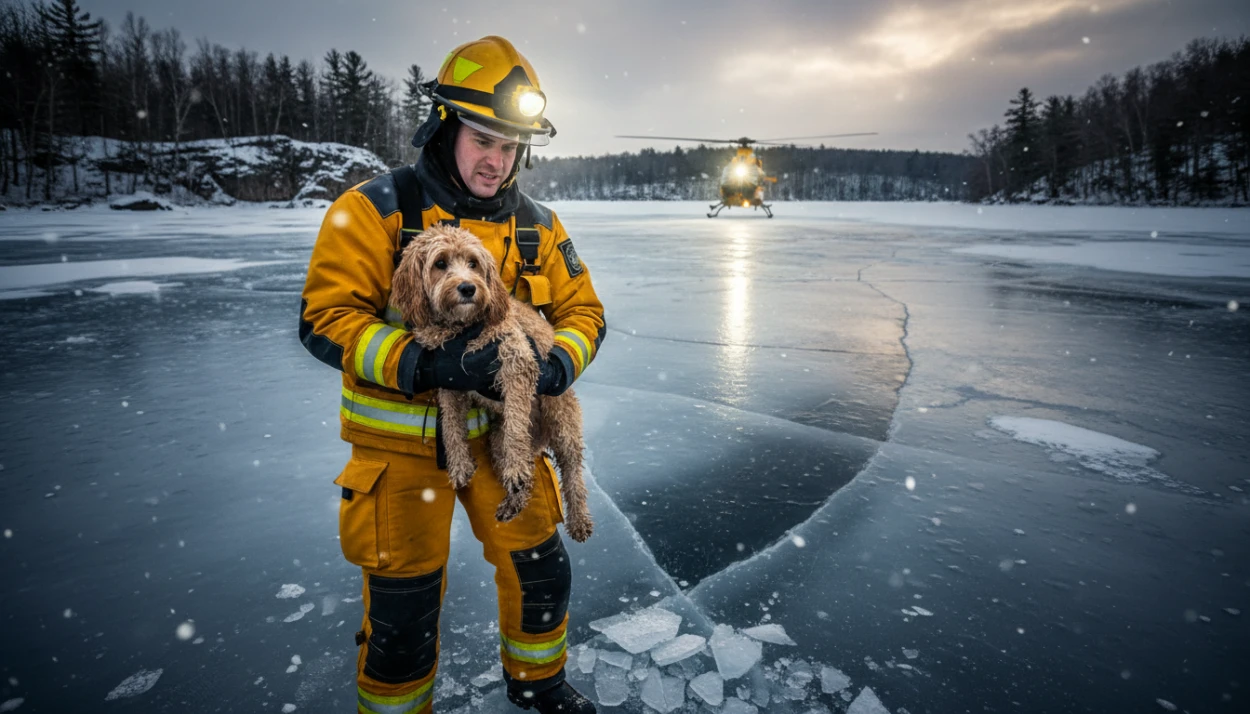Dog grooming is a great way to keep your dog happy. It involves managing their hair, keeping their ears, eyes, and teeth clean, and maintaining their comfort. A routine at home will make it less stressful to visit the grooming salon and reduce the need for frequent trips. Regular home grooming will keep your floors and furniture free from excessive fluff and dog smells.
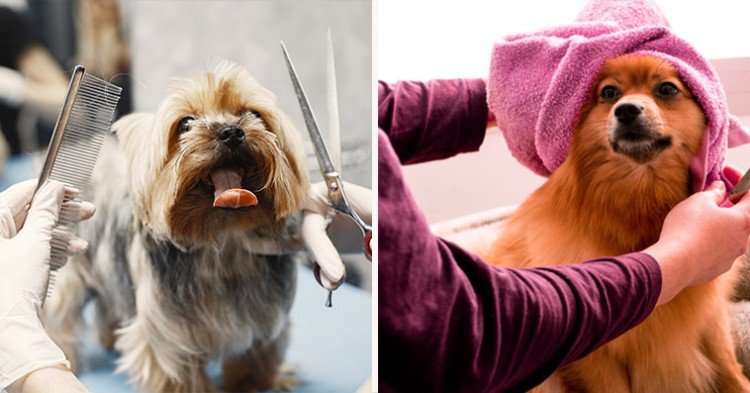
Your dog will love to snuggle with you, especially if her coat is clean and soft. What do you do if your dog is becoming more Tramp-like than Lady? A groomer can be very expensive for furry friends with long hair. It can be very stressful for your pet. You can avoid this by learning how to groom your pet at home.
This article will give you some great tips for caring for your dog at home. Below is a list of top DIY tricks and tips that you can use to groom your dog at home. Let's take a closer look at this list.
How to Get Started and The Benefits of Grooming
While many pet owners are able to groom their dogs at home with success, it can take some time and effort to get to know your dog.
"Your dog trusts your decisions about her life, but she can also have opinions and needs that need to be addressed," Dr. Neil Marrinan, Old Lyme Veterinary Hospital in Old Lyme CT, said.
Marrinan stated that dogs must be able to count on their reliability. This means you need to practice a home grooming routine regularly and gradually (getting used to being touched in sensitive areas, for instance) and giving positive rewards (treats, attention, and treats) as you go. You and your dog will reach comfort and confidence if you stick to a consistent system. He said that 90 percent of the work would be done before and away from the actual 10 percent.
Your dog will sense if you are nervous. This can make your dog anxious and cause her to try to flee or become aggressive. Carol Benesch is the owner of Norwich town Pet Spa and Resort in Norwich, CT. Do not force your dog to be brushed if she isn't comfortable. To ensure that you are using the right tool for your dog's coat, consult a veterinarian.
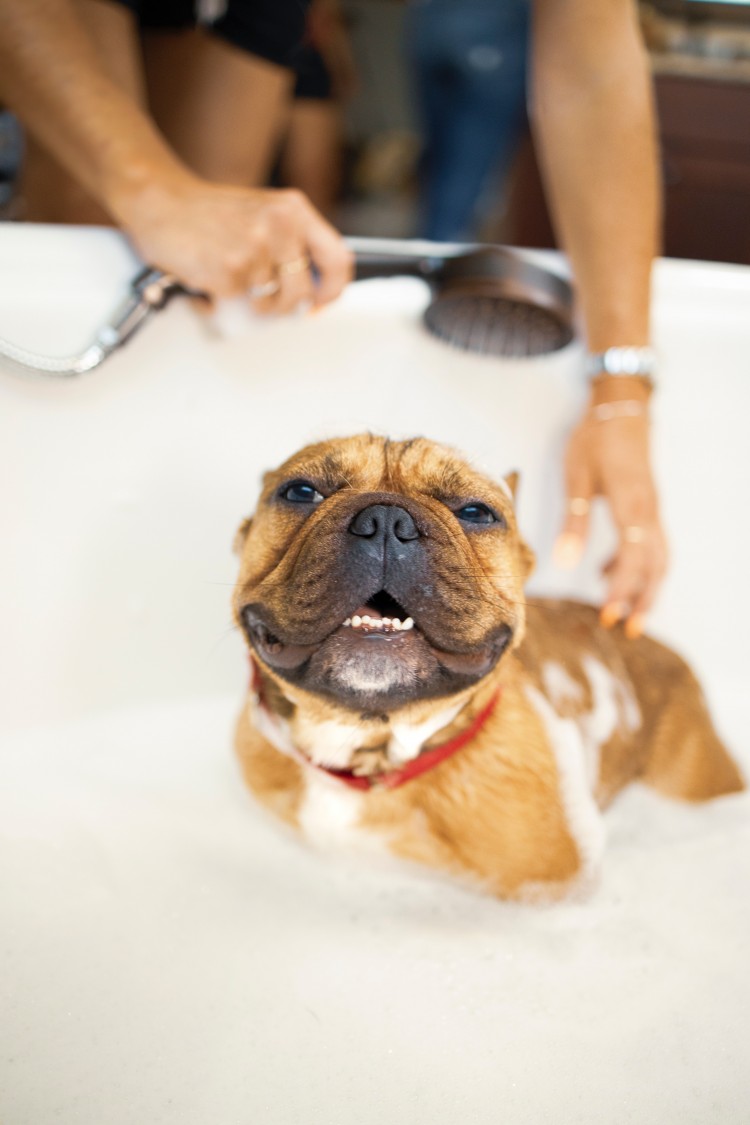
Credit: Unsplash
1) Get the right grooming tools
Before you can do anything from the list, it is important to know that you will need tools. These are the things you will need:
You will need a brush or comb: Metal-pinned is best for pets with long hair. If your pet has a shorter hair length, you can use a rubber-toothed one.
Scissors: You cannot use the same scissors you use to cut paper on your pet's coat. Instead, you should buy a professional-grade one
Clippers: Regular clippers made for humans won't work with the coat. You might consider investing in reliable electric clippers that are safer and easier to use.
Shampoo: When choosing a shampoo for your pet, make sure it does not contain harmful chemicals. Make sure to read the label carefully and make sure that it is safe for your pet.
Nail trimmers: Many people mistakenly believe that they can use nail cutters made for humans on the nails of their dogs. Make sure you only purchase trimmers for animal nails.
Toothbrush and toothpaste: Another thing to think about is getting a toothbrush and toothpaste.
2) Create a relaxed environment for dog grooming
Dogs can pick up on our nervous energy and that is why grooming is so important! Take your time, and don't hurry the grooming process. Your dog will feel more relaxed if you are confident and calm.
Do not try to fit everything in one session. This can make it overwhelming for dogs. Instead, break down grooming into smaller sessions. Start small to help your dog get used to the grooming process.
You can make your dog's bath a pleasant ritual by selecting a quiet spot, such as the bathroom or an area with non-slip flooring. Use warm water, and make sure your dog doesn't get too hot or cold.
You can make grooming enjoyable by rewarding your dog with gentle praises and a treat afterward. Spread some peanut butter inside their bowl. You can let them lick the bowl all you need while you groom them.
3) Prioritize brushing
Regular brushing is the best method to keep your dog clean. Brushing your dog once a week can reduce the need for bathing them. This will make them feel more at ease and allow them to be handled by professionals.
Some breeds require more frequent brushing than others. Others may need more care during shedding season. Talk to your vet about how often your dog should be brushed and what frequency.
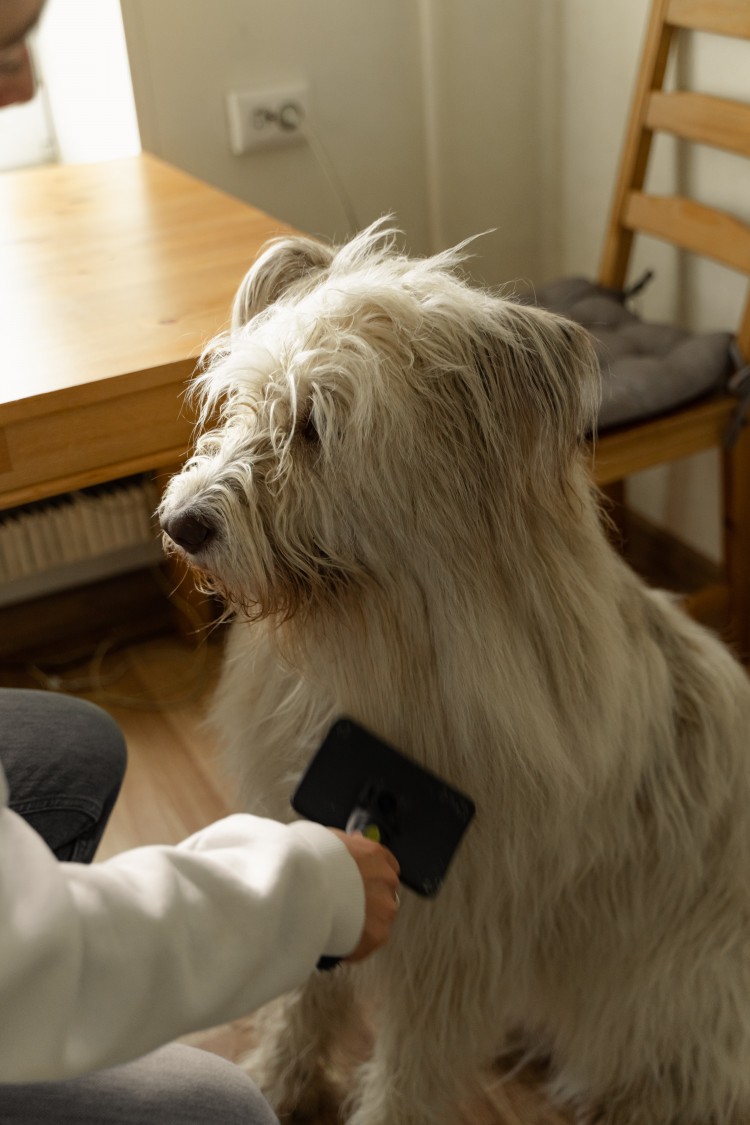
Credit: Pexels
4) Bathe minimally
Natural oils protect the skin and fur of a dog. They play an important role in protecting the dog's skin and fur from water damage, as well temperature regulation. Avoid stripping oils by washing your dog only when they are getting too smelly or have been rolled in something at the park.
Give your dog a good bath before you bathe them. This will get rid of a lot of dirt.
Dilute a high-quality, unscented shampoo for your dog and make sure it is not too strong. This makes it easier to rinse off and leaves behind less residue.
A hairdryer's sound can cause fear in dogs, so grab a towel and dry your dog with it.
5)Scissors are Suitable for Working Around the Ears, Face, and Legs
You can use scissors to trim the hair around your dog's ears, face, and legs. You should not use the tip of the scissors. This will ensure that if your dog makes sudden movements, the scissors can be removed quickly. You must keep your puppy's hair down when trimming their ears.
You should always have someone to help you, especially with cutting. This will ensure that your pet is safe. You'll also be able to prevent any injuries to your dog by doing this.
6) Ears & eyes
Be gentle with your dog's sensitive ears, eyes, and teeth.
To prevent tear stains and gunk buildup, give your dog's eyes a gentle wipe every once in a while, with a soft cloth. Caboodles and Labradoodles, for example, may require their eyes to be wiped more frequently in order to prevent tear stains.
Avoid using cotton buds or splashing water on the ears of your dog. This can cause infection or damage. Use an ear cleaner made for dogs, and be sure to follow the directions.
7)Brush their Teeth
While you shouldn't brush your puppy's teeth daily, it is important to do so while you are grooming him. Because puppies cannot be taught to stop eating toothpaste, you will need to purchase toothpaste made for them. You should not force your dog to swallow toothpaste that is made for humans.
8) How to trim a dog's nails
Trusting believes that nail trimming should be done by professionals, but pet owners might feel comfortable enough to give it a try. Benesch suggests that you get your dog used the sound of the nail grinder or clippers before you use them on your dog. If your dog has pink nails, you should clip until the quick is visible. If your dog has black nails then clip slowly until the tip becomes solid black. She advised that you close your clippers quickly. Slow clipping and using dull scissors can lead to chipping and splitting. To stop bleeding, you can use Kwik Stop, a styptic powder.
Be prepared for any grooming:
1: A comb, brush, or shedding blade (depending on your dog's coat)
2: To ensure your dog is safe, a grooming table and a grooming arm are necessary.
3: Grooming scissors (a No. 10 blade to avoid skin cutting)
4: Clipper and blade coolant
5: Grooming shears
6: Nail clippers or a grinder
7: Styptic powder (for nail bleed)
9)How to Cut a Dog's Hair
After your dog has been washed and brushed you might want to trim her hair. Easton suggests being cautious with scissors and making sure you have the correct equipment. Easton suggests professional shears and clippers and recommends using a No. Easton recommends using professional shears or clippers (and suggests using a No.
People don't get haircuts with wet hair. Instead, start with dry, clean hair. Use only the tips of sharp shears for trimming your dog's feet and tail. This will keep you from having to cut your dog's head if she suddenly moves. Benesch advised that you always have one hand on the edge of her ears when trimming her hair. This will help you to know exactly where your dog is cutting.
Never cut your dog's hair with scissors. Instead, use clippers.
10) How to Safely Shave Your Dog
Start with a clean, dry dog. Find a quiet place that is free from distractions. Benesch suggests that you start by slicing your dog's neck. Then work your way down the dog's body, keeping your blade flat against her skin. Pay attention to the areas where thin skin, the underarms, hips, hocks (thigh, and hip), and the stifle (the joint between the hind leg and the hock) intersect with the stomach. These areas should not be allowed to reach the blade's spaces. A No. 10 blade is recommended for the underarms, face, and private areas. She also suggests that you check the blades for heat as they can cause the skin to burn.
You don't have to be a professional shaver if you are unsure about how to groom your dog. Trusting stated, "I wouldn't recommend shaving your dog unless you have been trained by a doctor and a groomer."
11) Don't worry about the tricky parts.
You should not attempt to groom your dog at home, including nail clipping, trimming fur, and shaving. You run the risk of injuring your dog which can make it difficult for them to handle future grooming.
To learn more about these difficult techniques, you can contact a professional groomer or enroll in a course on dog grooming. This will ensure that your dog is not injured and give you the confidence to do it right.
If your dog's fur becomes uncontrollable around its eyes, ears, or paws and you are unable to get to a groomer, take it slow and be careful. These areas should only be trimmed when your dog is calm and relaxed, and their fur is dry. To avoid causing injury to your dog, only use the tip of the clippers. As we said, it is best to leave this task to professionals.
Conclusion
You can make grooming your dog at home easier, more efficient, and less stressful by following the steps in this article. Now that you are clear on what to do, don't waste time.





